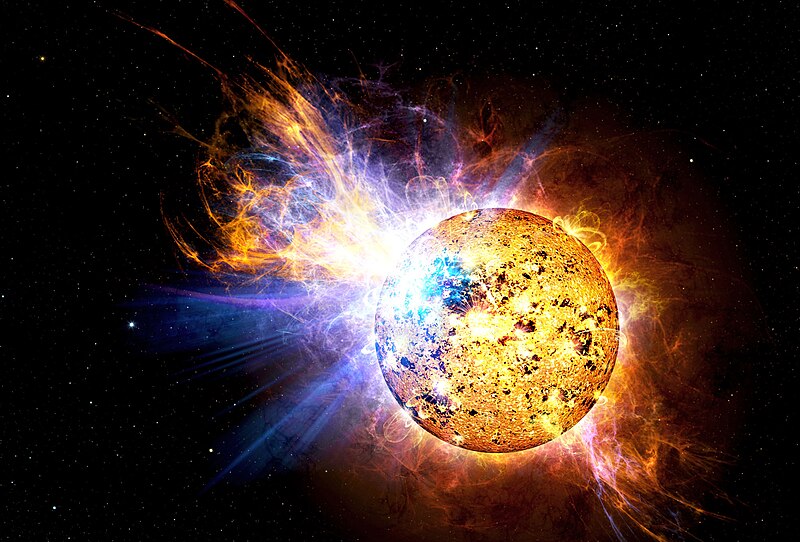File:Nasa EV Lacertae 250408.jpg

本预览的尺寸:800 × 542像素。 其他分辨率:320 × 217像素 | 640 × 434像素 | 1,024 × 694像素 | 1,280 × 867像素 | 2,000 × 1,355像素。
原始文件 (2,000 × 1,355像素,文件大小:485 KB,MIME类型:image/jpeg)
文件历史
点击某个日期/时间查看对应时刻的文件。
| 日期/时间 | 缩略图 | 大小 | 用户 | 备注 | |
|---|---|---|---|---|---|
| 当前 | 2023年10月24日 (二) 07:32 |  | 2,000 × 1,355(485 KB) | Юрий Д.К. | original quality |
| 2008年6月20日 (五) 01:16 |  | 2,000 × 1,355(301 KB) | Kimse | Full resolution | |
| 2008年5月23日 (五) 21:45 |  | 1,600 × 1,200(253 KB) | Anetode | ||
| 2008年5月21日 (三) 14:13 |  | 946 × 710(112 KB) | Fer31416 | {{Information |Description=Explosión de EV Lacertae |Source= NASA |Date= |Author= NASA |Permission= |other_versions= }} |
文件用途
以下页面使用本文件:
全域文件用途
以下其他wiki使用此文件:
- ar.wikipedia.org上的用途
- ast.wikipedia.org上的用途
- bs.wikipedia.org上的用途
- ca.wikipedia.org上的用途
- de.wikipedia.org上的用途
- en.wikipedia.org上的用途
- es.wikipedia.org上的用途
- Lacerta
- Estrella fulgurante
- EV Lacertae
- Usuario:Jorghex
- Wikipedia:Candidatos a recursos destacados/Junio-2008
- Wikipedia:Candidatos a recursos destacados/Pipsqueak Star Unleashes Monster Flare.jpg
- Wikipedia:Recurso del día/julio de 2008
- Plantilla:RDD/186
- Wikipedia:Imágenes destacadas/Universo
- Wikipedia:Recurso del día/101 - 200
- Wikipedia:Recurso del día/abril de 2009
- Wikipedia:Recurso del día/junio de 2010
- Wikipedia:Recurso del día/diciembre de 2011
- Wikipedia:Recurso del día/diciembre de 2013
- Wikipedia:Recurso del día/junio de 2016
- Wikipedia:Recurso del día/septiembre de 2018
- Wikipedia:Recurso del día/enero de 2021
- Wikipedia:Recurso del día/diciembre de 2023
- eu.wikipedia.org上的用途
- ext.wikipedia.org上的用途
- fa.wikipedia.org上的用途
- fr.wikipedia.org上的用途
- fr.wiktionary.org上的用途
- it.wikipedia.org上的用途
查看本文件的更多全域用途。



